Barbacoa Spice: The Hidden Gem of Global Spice Traditions
Have you ever bitten into a piece of slow-cooked meat and felt like you'd been instantly transported to the heart of Mexico? If so, you've probably experienced the magic of barbacoa spice. This unique blend is more than just a seasoning—it’s a culinary tradition steeped in history, culture, and flavor.
In this article, we’ll dive deep into the world of barbacoa spice, exploring its origins, variations across cultures, and practical tips for using it in your own kitchen. Whether you're a seasoned chef or a curious home cook, this guide will spice up your culinary repertoire.
Table of Contents
- The Origins of Barbacoa Spice
- Core Ingredients of Authentic Barbacoa Spice
- Global Variations: How Different Cultures Interpret Barbacoa
- Pro Tips for Using Barbacoa Spice in Your Kitchen
- Spice Comparison Table: Barbacoa vs. Other Popular Blends
- Myths & Facts About Barbacoa Spice
- Conclusion
The Origins of Barbacoa Spice
Let’s start where all good stories should—right at the beginning. The word “barbacoa” comes from the Taino people of the Caribbean, who used a method of slow-cooking meat over an open flame using a framework of sticks. Spanish explorers brought this technique back to the mainland, and eventually, it evolved into what we now know as Mexican barbacoa.
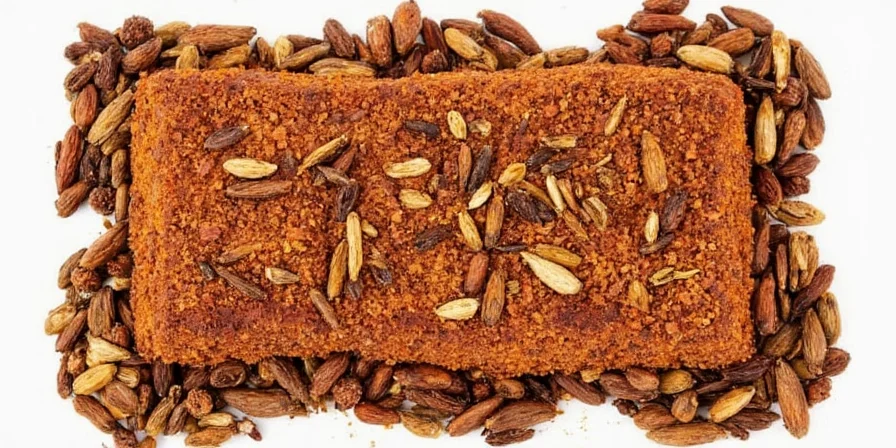
The spice blend itself developed alongside the cooking method. Originally used to season lamb or goat, barbacoa spice was designed to enhance the smoky flavors from the pit-roasting process. It typically features earthy, warm, and slightly spicy elements that complement fatty meats beautifully.
Core Ingredients of Authentic Barbacoa Spice
While recipes can vary by region and family tradition, there are several key ingredients commonly found in authentic barbacoa spice blends:
- Ancho chili powder – Adds depth and mild heat with a slight sweetness.
- Guajillo chili powder – Offers fruity, tangy notes with medium heat.
- Cumin – Brings warmth and a nutty undertone.
- Garlic powder – Essential for savory complexity.
- Black pepper – Enhances other spices without overpowering them.
- Dried oregano (preferably Mexican) – Brightens the overall flavor profile.
- Brown sugar or piloncillo – Balances the spiciness with natural sweetness.
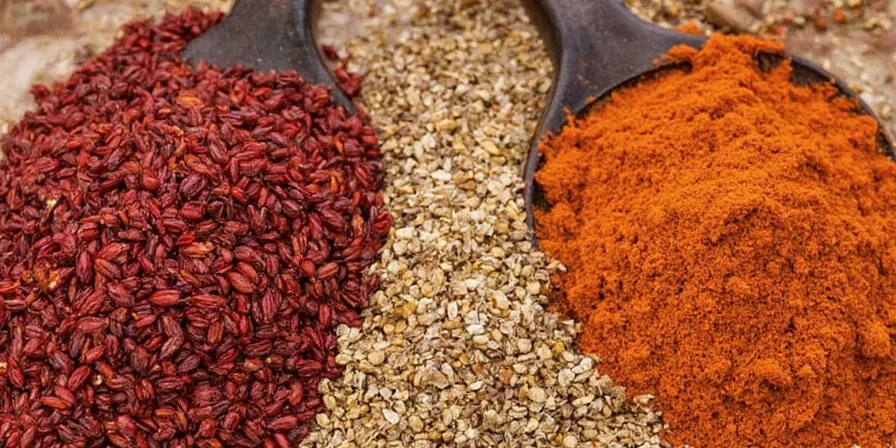
Global Variations: How Different Cultures Interpret Barbacoa
While barbacoa spice is rooted in Mexican cuisine, many countries have adopted similar concepts under different names. Here’s how some global cuisines interpret the essence of barbacoa-style seasoning:
| Cuisine | Spice Blend Name | Key Differences |
|---|---|---|
| Mexican | Barbacoa | Rich with dried chilies, cumin, and oregano; often includes piloncillo for sweetness |
| Texas BBQ | Dry Rub | Smoky paprika, mustard powder, brown sugar; focuses on caramelization during smoking |
| Korean | Bulgogi Marinade | Sweet soy-based, with sesame oil and pear juice for tenderizing |
| Caribbean | Jerk Seasoning | Uses allspice, thyme, scotch bonnet peppers, and citrus zest for boldness |
| African | Peri-Peri | Relies on African bird’s eye chilies, garlic, and lemon for fiery heat |
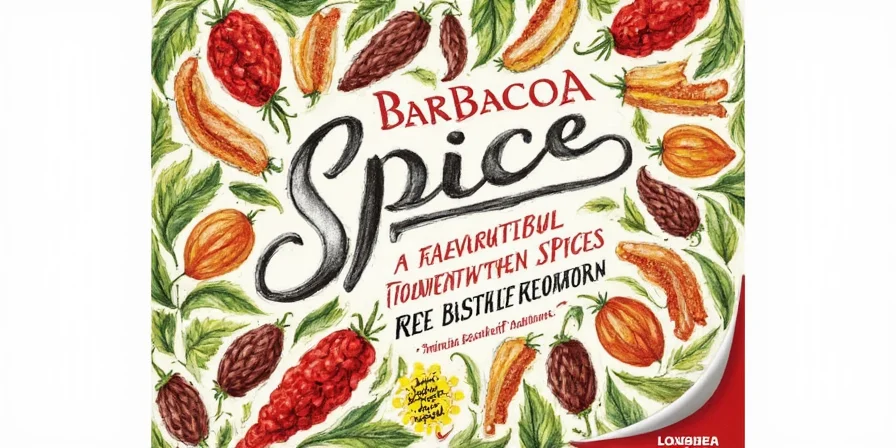
Pro Tips for Using Barbacoa Spice in Your Kitchen
If you’re ready to bring some serious flavor to your dishes, here are some tried-and-true techniques and pro tips to make the most of your barbacoa spice:
- Rub It In Advance – For best results, apply the spice rub at least 1–2 hours before cooking. For deeper penetration, marinate overnight in the fridge.
- Pair With Fatty Cuts – Barbacoa spice shines when used on fatty cuts like beef cheek, lamb shoulder, or pork butt. The fat carries and enhances the spices during slow cooking.
- Add Liquid Smoke or Wood Chips – If you don’t have access to a smoker or pit, a few drops of liquid smoke or soaked wood chips can mimic the smoky flavor.
- Don’t Forget the Vegetables – While traditionally used for meats, barbacoa spice also adds a rich, earthy flavor to roasted squash, cauliflower, or sweet potatoes.
- Balance Is Key – Too much of any one ingredient can throw off the harmony. Adjust sweetness with piloncillo or molasses if needed, or add lime juice to brighten up the dish.
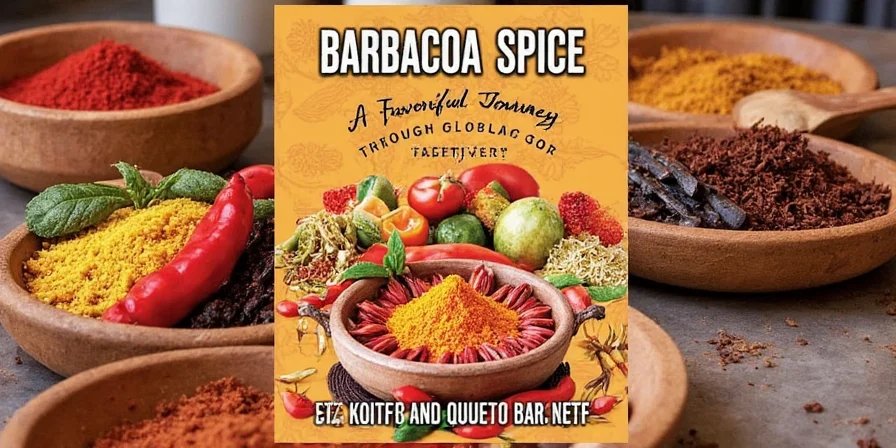
Spice Comparison Table: Barbacoa vs. Other Popular Blends
To better understand where barbacoa stands among other global spice blends, here's a side-by-side comparison based on ingredients and flavor profiles:
| Spice Blend | Main Flavors | Best Used On | Heat Level |
|---|---|---|---|
| Barbacoa | Earthy, smoky, sweet, mildly spicy | Beef, lamb, goat | Mild to Medium |
| Tex-Mex Taco Seasoning | Cumin-heavy, garlicky, salty | Ground beef, chicken | Low to Mild |
| Garam Masala | Warming, floral, aromatic | Indian curries, vegetables | Varies |
| Adobo | Garlic-forward, savory, slightly tangy | Pork, beans, rice | Low to Mild |
| Jerk | Spicy, peppery, citrusy | Chicken, goat | Medium to Hot |
Myths & Facts About Barbacoa Spice
There are plenty of misconceptions floating around about barbacoa spice. Let’s set the record straight:
- Myth: Barbacoa spice is only for beef.
Fact: It works wonderfully on lamb, goat, and even vegetables! - Myth: You need special equipment to use barbacoa spice.
Fact: A regular oven or pressure cooker does the trick just fine. - Myth: All barbacoa spice mixes are the same.
Fact: Each household and region has its own tweak—your version could be legendary! - Myth: Barbacoa is super spicy.
Fact: Most versions are mellow, with just a touch of warmth. - Myth: It’s hard to make from scratch.
Fact: Just toast, grind, and mix—no rocket science involved.
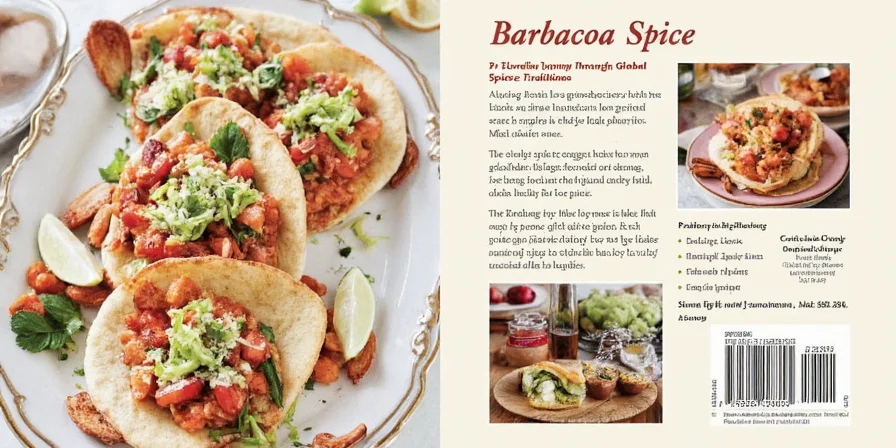
Conclusion
Barbacoa spice isn't just a blend—it’s a celebration of heritage, flavor, and slow-food philosophy. From its indigenous roots to its modern-day reinterpretations across the globe, this spice blend continues to capture the hearts and palates of food lovers everywhere.
Whether you're grilling in your backyard, roasting in the oven, or experimenting with vegetarian options, barbacoa spice offers endless possibilities. So next time you reach for that bottle of generic seasoning, why not try making your own barbacoa blend? Your taste buds—and your guests—will thank you.
And remember: great food starts with great spices. Happy cooking!

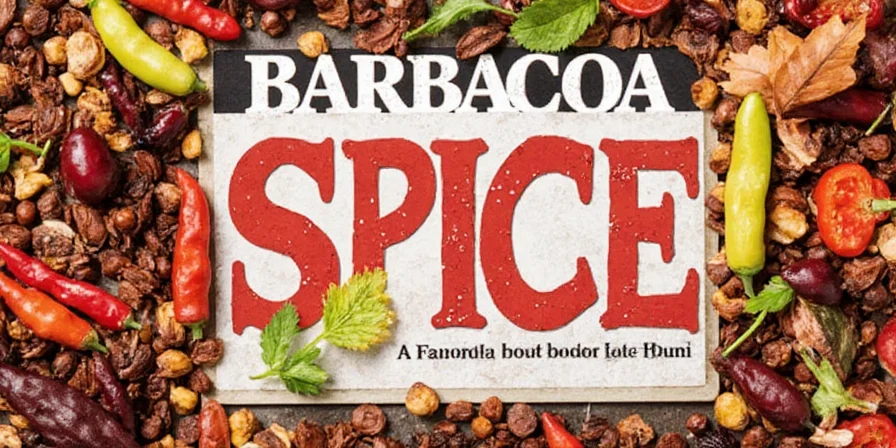









 浙公网安备
33010002000092号
浙公网安备
33010002000092号 浙B2-20120091-4
浙B2-20120091-4